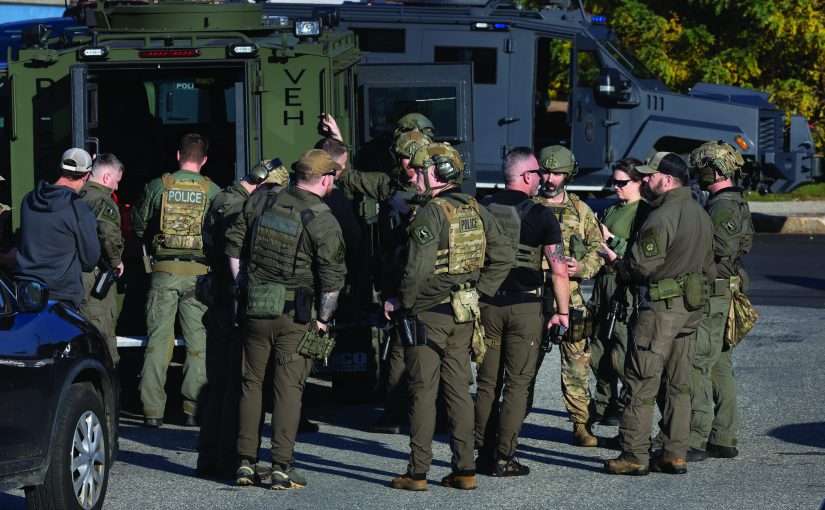Emerging Terror and Terrain
Navigating the Violent Extremist Landscape in America

The terrorism threat landscape continues to evolve since al Qaeda’s attacks on September 11, 2001. Since 9/11, violent extremists repeatedly adapted to counterterrorism pressure as law enforcement and the intelligence community partnered to defeat foreign terrorist organizations overseas. By the time the Islamic State of Iraq and ash Sham (ISIS) declared its caliphate in June 2014, the primary Islamist terror threat within the United States had shifted to a homegrown threat. Employing highly effective media campaigns, ISIS sought to supercharge homegrown violent extremism. More recently, domestic terrorism actors—most notably those who advocate for the superiority of the white race—also sought to inspire violence through decentralized appeals for action, the proliferation of manifestos and tactics, and glorifying prior attacks.
Foreign and domestic terrorists have exploited changes in the way people communicate to leverage lone actors in the United States and across the West to execute attacks. Before social media, radicalization largely occurred in person within a specific place, making it vulnerable to law enforcement disruption through well-placed human sources and bystanders. Online communications now allow violent extremists to spot and assess potential adherents on open communication platforms and gradually transition them to closed, unseen spaces.
In order to access the rest of the article sign in with your IACP or Subscriber credentials.


